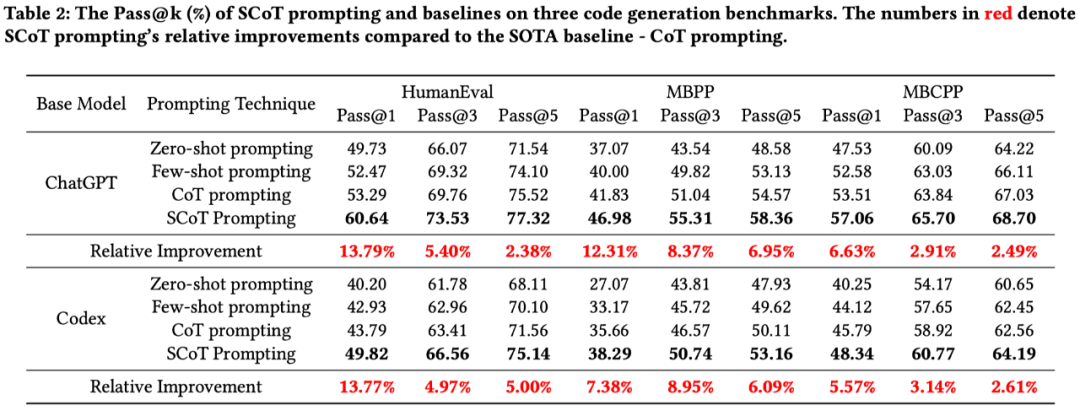In the constantly evolving realm of artificial intelligence, Peking University’s recent unveiling of the Structured Cognitive Thinking (SCoT) model stands out. This innovative approach aims to harness the power of large models, pushing them beyond their current capabilities in code writing. By introducing a structured method of training, SCoT not only enhances the coding ability of these models but also ensures a more coherent and logical output. Within the first 50 words of this deep dive, we’ve introduced our main keyword, “Structured Cognitive Thinking”, shedding light on its significance in the AI world.

Table of Contents
ToggleThe Core Idea Behind Structured Cognitive Thinking
In an era where large models dominate the AI landscape, Peking University’s research team identified a significant gap. While these models showed remarkable abilities in various tasks, their performance in code writing was inconsistent. Enter Structured Cognitive Thinking (SCoT). The concept is relatively straightforward: to train large models in a structured manner, leading to improved coding proficiency.

Benefits of Implementing SCoT
Enhanced Code Writing
Models trained with the SCoT approach demonstrate a notable improvement in generating coherent and logical code. This results in applications that are more reliable and efficient.
Consistency in Output
One of the major challenges with large models is the unpredictability of their outputs. SCoT addresses this by ensuring that the generated code follows a consistent pattern, reducing the chances of errors.
Optimized Training Process
By embracing a structured methodology, the training process becomes more streamlined. This means quicker learning curves and faster results.

Practical Applications of Structured Cognitive Thinking
The potential of SCoT goes beyond just improving code writing. It can be instrumental in: – Research and Development: By ensuring that models produce consistent results, researchers can rely more on AI-driven insights. – Automated Systems: Systems that rely on AI-generated code can benefit from the enhanced reliability that SCoT brings. – Education: Teaching AI models to students becomes easier when the output is consistent and logical, making the learning process more intuitive.
Structured Cognitive Thinking (SCoT) represents a monumental shift in how we approach the training of large AI models, especially in the realm of code writing. This methodology, introduced by the brilliant minds at Peking University, promises a future where AI can produce more consistent, logical, and reliable code. As we’ve explored in this article, the benefits of SCoT are manifold, from improved coding abilities to applications in research, automated systems, and education. The AI community eagerly awaits further developments in this field, as Structured Cognitive Thinking continues to redefine the boundaries of what’s possible.
Eager to delve deeper into the world of AI and Structured Cognitive Thinking? Stay tuned to our platform for the latest insights and breakthroughs!




